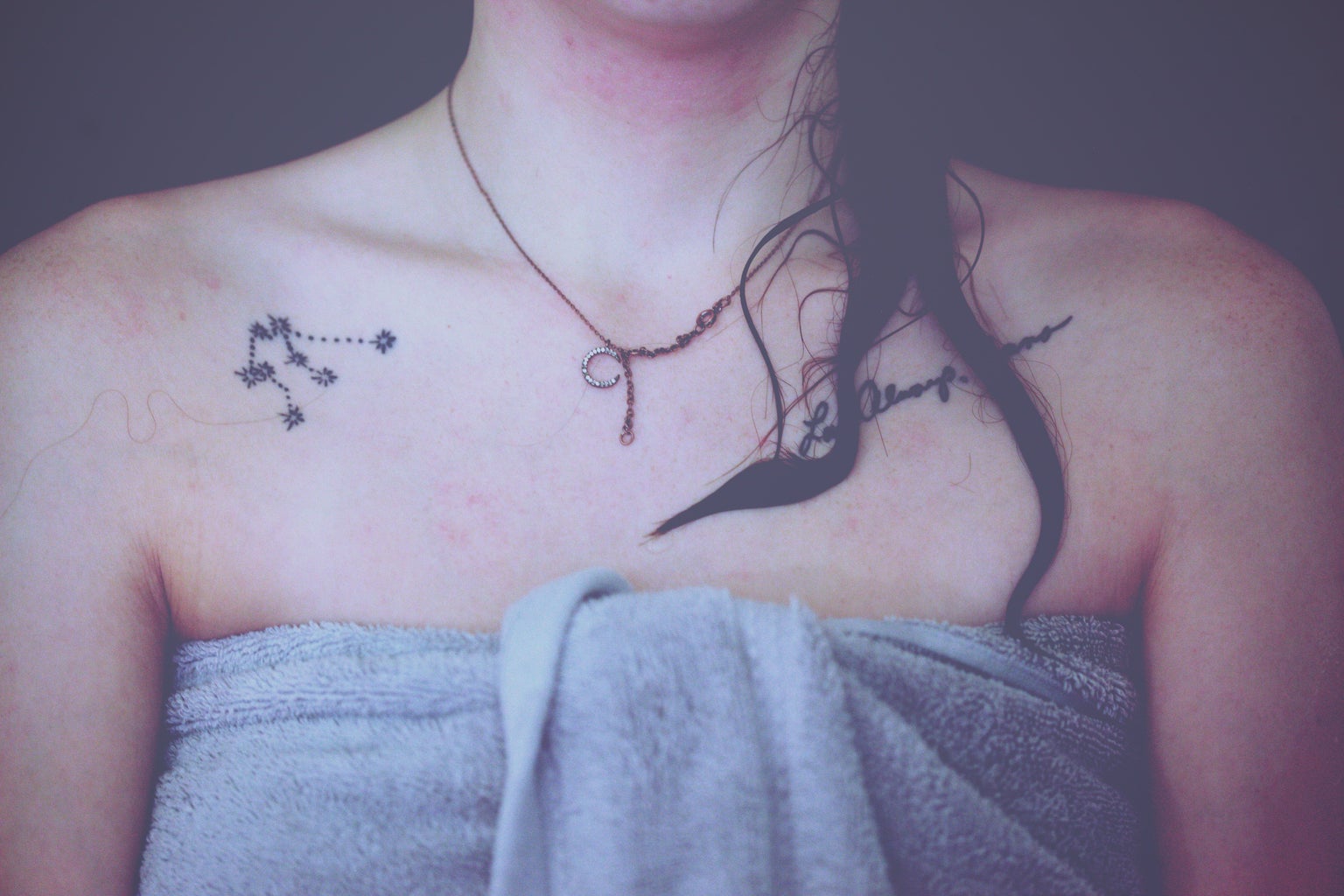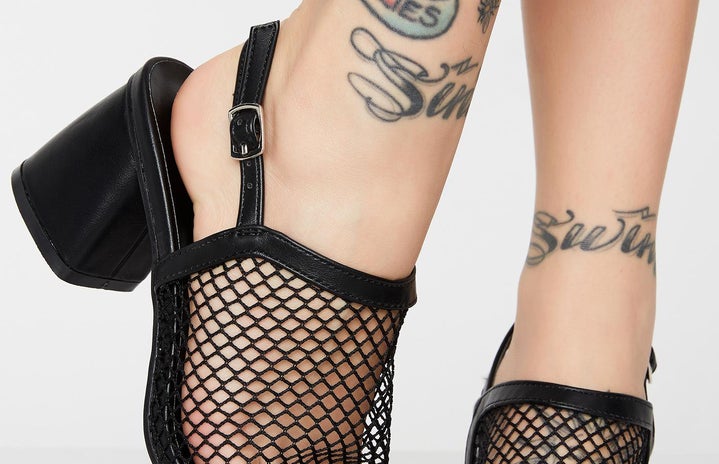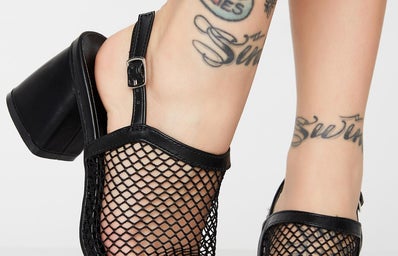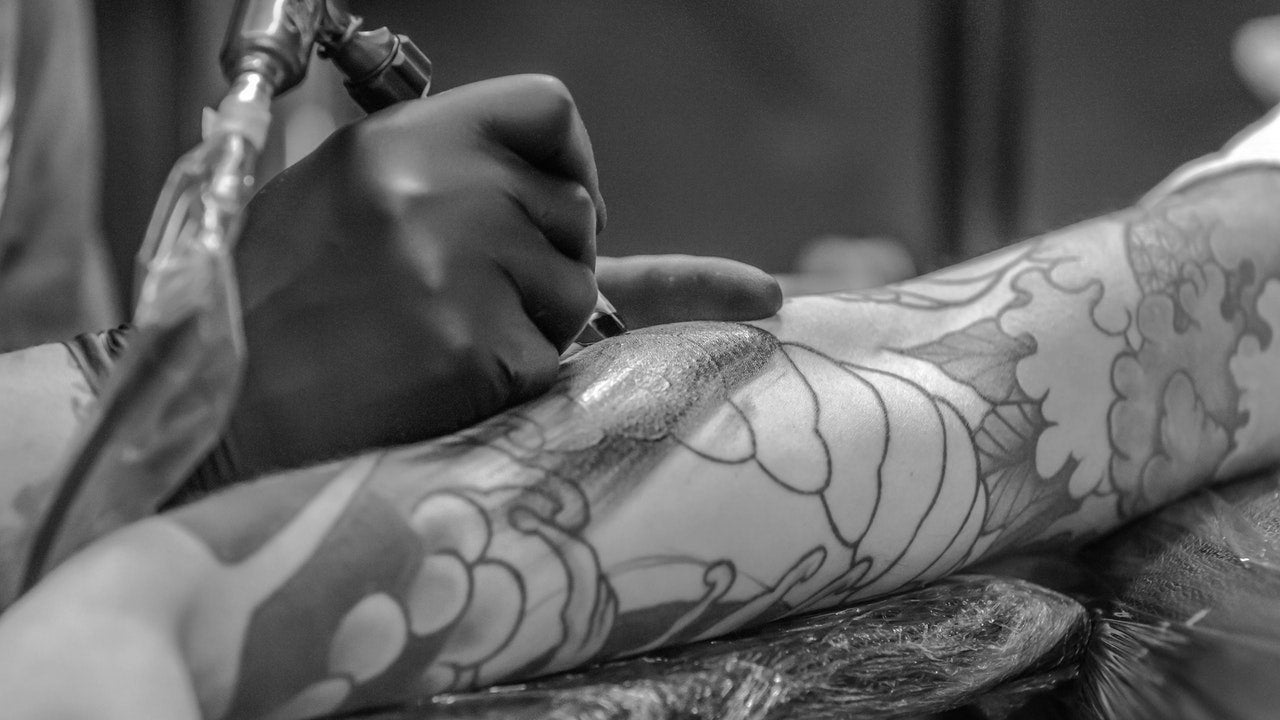The stigma surrounding tattoos has been around since the 1950s, when teenage boys and “Greasers” would use motorcycles, slicked back hair, and tattoos as a sign of rebellion. Ever since, instead of being viewed as one of the oldest and most intricate forms of art, tattoos have been associated with rebellion, the “wrong” sort of crowd, and inferiority. This stigma is even more prevalent for women with tattoos, manifesting itself in ways that are harmful to society’s view of women and femininity.
Although some of the most conventionally beautiful women in popular culture are also some of the ones who sport the most ink (Zoe Kravitz, Ariana Grande, and Miley Cyrus, just to name a few), there are still many harmful prenotions about women with tattoos, especially in regards to the judgements made about them based on their body ink. Societies standards for what is considered “attractive” in women (which should not be a thing, by the way – women are far too vastly unique and beautiful to fit into just one box of what is deemed attractive by a society that is still controlled by men in powerful positions) typically involves women being entirely unmarked. This involves body hair, tattoos, stretch marks, and the likes of such. There is a dated and detrimental idea that female beauty is synonymous with purity, and that tattoos are not feminine. Simply put, tattooing is taking art and putting it on your body. The idea that ink on a woman’s body somehow takes away from her beauty, from her femininity, is atrocious.
The stigma around inked women also translates itself into the over-sexualization of women and the culture of slut shaming. Enter, the infamous “tramp stamp”. It’s unclear when society (men, initially) decided to deem lower back tattoos – especially those of a certain winged insect – as something that was indicative of promiscuity, but people took this idea and ran with it. The “tramp stamp”, and all of the various and equally shameful aliases, is just another example of society’s bias against women with tattoos. Despite preconceived notions, there is nothing “slutty” about getting a lower back tattoo. The lower back is a great place for tattoos, and so is any other place on your body you would want to get inked.
While the main critiques of women getting tattooed are – you guessed it – men, other women can be not so kind about what other women choose to do with their bodies in terms of artwork, as well. People have certain ideas of what kind of tattoos are meant for women, and what kind are meant for men. This is inherently misogynistic, because artwork is not gendered – it is fluid, and universal. On the other hand, tattoos that have been traditionally linked to femininity, such as flowers and hearts, are often deemed as “basic”. The truth is, “basic” is an outdated term coined to shame people for liking things that have been popularized for a reason – because they look good!




